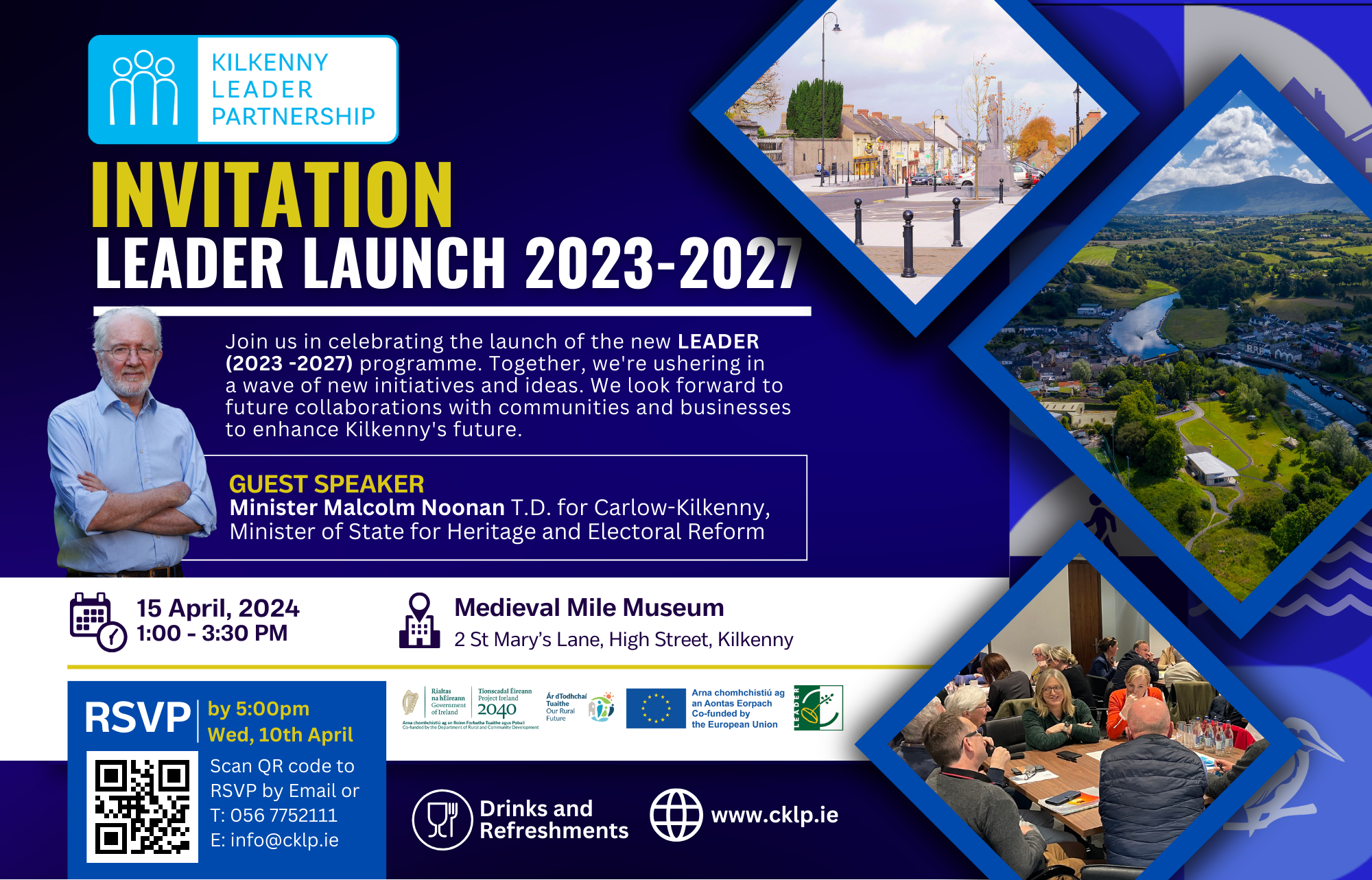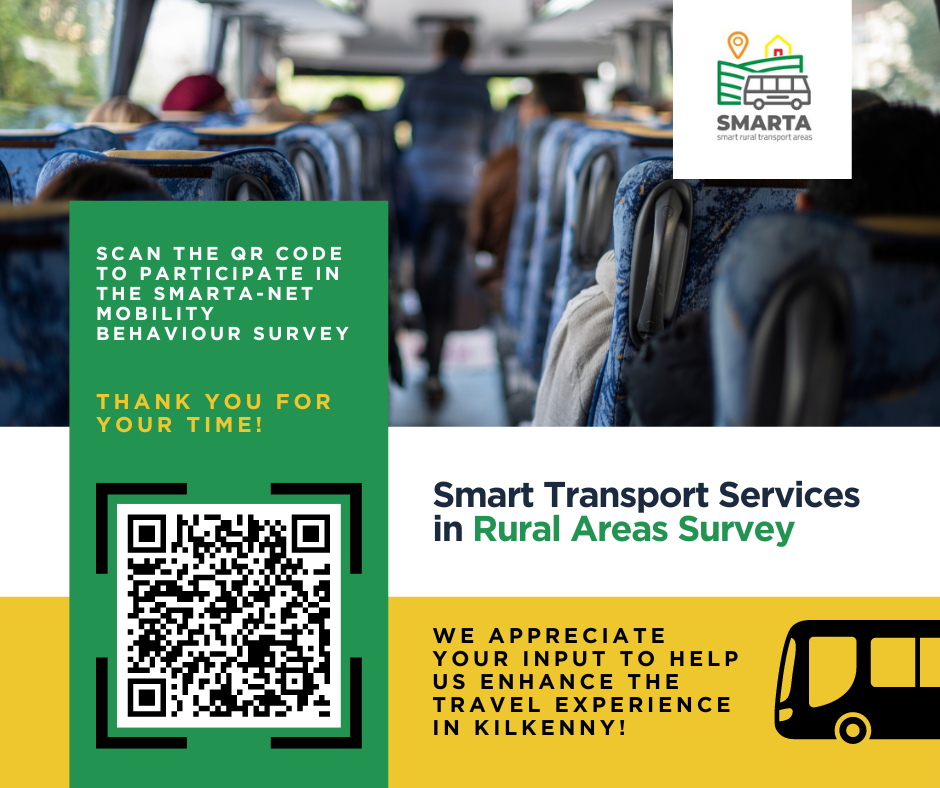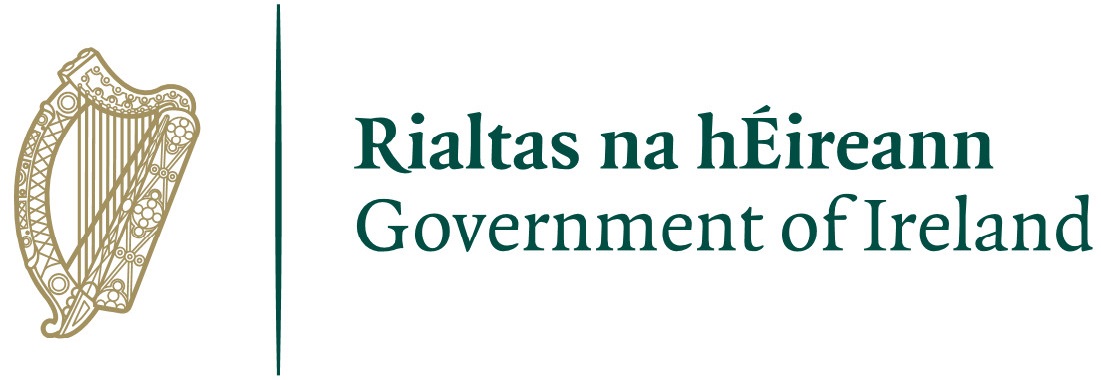The weather is a constant topic of discussion in Ireland. It never seems to be a source of wonder to us when it is capricious. Of course we’re not talking hurricanes or seven-year droughts here but anything out of the ordinary – even a fairly regular phenomenon, brings consternation. Snow in particular appears to drive us into a mixture of panic and delight. In truth if we had more regular and predicable experience of it and other ‘extreme’ weather, we’d be better prepared.
But it must be acknowledged that the recent snow falls and cold weather give us literally a new perspective on our landscape and an appreciation of the reliance we have on technology for our daily lives. Supplies of water, heat, light – even food are ultimately all at the end of a supply chain based on there being reasonable weather to allow transport. Kilkenny is really a very rural place and at times like this, terms like ‘rural isolation’ becomes more than just a cliché of local development jargon.
In January of this year, during the last big freeze, Kilkenny LEADER Partnership’s (KLP) led by John Murphy, the Manager of the Social Inclusion Section, ran an innovative but simple out-reach service to isolated people. Bringing groceries, delivering and collecting urgent post, etc. It was basically a KLP staff member at the end of a phone line and two or three other staff operating from jeeps and all equipped with nothing more extraordinary than ‘cop-on’! But so successful was the concept that it has become a standard response to this weather, with a number statutory and voluntary groups now providing this service in the county. Days after the memory of this snow fall fades from those in the city or on the regional roads, there will be communities in the more remote rural part of the county still affected. They’ll be cagily negotiating treacherous roads to work, anxiously rationing their home heating oil-as tankers fail to negotiate their area and collecting their post from cleared areas. Of course this is no more than a feature of the inevitable need of authorities to prioritise resources. More people live in towns and bigger villages and these area understandably get cleared first, etc. Smaller rural communities have to wait and that’s the way of the world!
So what- you may say! Is that not the price paid for living the rural idyll? Indeed there’s not a lot surprising here. But if as a people we accept that we can’t and- indeed shouldn’t all live in cities and towns, then we need to plan to make rural living sustainable. The government is now embarking on the development of a new rural development ‘white paper’- the insider’s term for a policy document that will form the basis of further strategy and legislation. This should certainly influence both social inclusion and rural development policies for years to come. Now, Ireland already has one of these strategies– vintage 1999. It was a very worthy document, well thought through and has led to some valuable proposals- including the rural transport initiative. But some of us were disappointed in its success in persuading the power-that-be (not just the politicians) to embrace the need for a strategy which genuinely mainstreams a vision that’s an alternative to the urban model that’s all pervasive.
In Kilkenny KLP is a participant with others of the County Development Board in a project that will lead to the creation of a ‘graphical information system’ (GIS) that will blend mapping and a myriad of statistics to illustrate at a local level, where the needs and opportunities lay in the county on a small local level. The National Institute for Regional and Spatial Analysis (NIRSA), based in NUI Maynooth are the technical drivers of a project that is even enthusing some committed non-techies such as me. It’s a pilot project for the rest of the country. It’s not the blending of statistics or mapping software that excites us but the opportunities the GIS mapping will offer to pin-point to small local areas sites persistent social needs or even potential, that until now we could only guess at. This means KLP can target its interventions in, say for example, unemployed male early-school leavers in Piltown with some experience in horticulture or mature women in the City’s eastern environs with teenage children. And once we reach them the GIS will also allow us to measure our success in aiding them. Until now it was educated guesses or broadcasting supports over a large area and hoping to hit targeted individuals. Of course a lot will depend on the resources available to us but you may see the reason for our excitement!
It will be a valuable tool for the entire county, but I think that the rural areas will benefit most from the NIRSA project. Particularly in the context of the white paper and the hopes we have for its strategic focus, the availability of a tactical tool such as this will open up opportunities to make a serious impact on rural isolation. It probably won’t lead to rural roads being cleared of snow any quicker though!
Declan Rice, CEO







![23-27 LEADER Programme Logos-2040 logo Text PNG[29] 23-27 LEADER Programme](http://cklp.ie/wp-content/uploads/23-27-LEADER-Programme-Logos-2040-logo-Text-PNG29.png)




